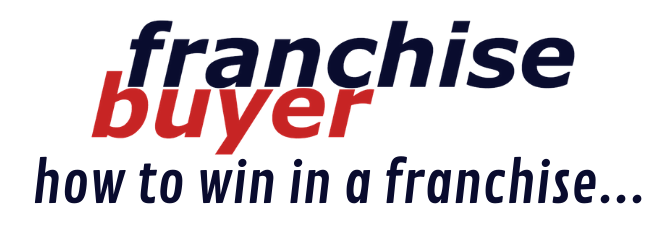June 23, 2016
So Much to Do in a Year in the Life of a Retail Lease
With your lease having such a massive impact on the profitability and success of your business, are you leaving this most important of documents in the bottom drawer collecting dust and only taking it out shortly before renewal time.
After almost 20 years proactively providing support and information to Retailers (Lessees) as well as educating them on all facets of their Retail Shop Lease Contract, their most important contract among a sea of paperwork; we still see a very basic lack of understanding in this area. You can just imagine. We negotiate hundreds of retail leases each year, not to mention provide phone support for Australia’s largest Retailer member associations. Still, the bulk of our time continues to be dedicated to explaining the operational, commercial aspects and rights of leases.
Business would be much easier if entering into a new lease (renewal/option/new premises) was as convenient as a set and forget event. Unfortunately, there are numerous activities and events that take place each year which modifies your lease contract. It is, after all, important to remember that the lease is a living document.
With the ever-growing sophistication of Landlords, even in small shopping centres, it is easy to fall into the trap that not actively managing your lease exposes you to. The amount of paperwork you will have to go through is potentially massive.
What A Year of Paperwork Can Look Like
Here is a small snapshot of the triggers and events you may experience in a typical year in the life of your lease:
Monthly
- sales data provided to Landlord
- MAT (moving annual turnover) is collated and updated
- OCR (occupancy cost ratio) is collated and updated.
- We find that shopping centres actually track your performance better than a lot or Retailers!
30 days before end of financial year
- Outgoings budget/estimate for next financial year is sent to Lessee advising new charges.
30 days before lease anniversary
- Annual rent review if forwarded to Lessee (this may vary depending on review type i.e. Consumer Price Index CPI).
Beginning of financial year
- Rent Invoice is updated with new outgoings charges.
Beginning of new lease year
- Rent invoice is updated with new rental from annual review
- Request sent to Lessee to top up bank guarantee/security from rent + outgoings increases
- Request sent to Lessee for new Certificate of Currency for insurances and indemnities
- Request annual Sales Audit/Statement (depending on turnover rent clauses).
90 days after financial year
- Outgoings Audit is provided
- Outgoings recovery and adjustment provided (up or down).
120 days after financial year
- Rent invoice reflects outgoings adjustment from previous financial year.
Other activities: (depending on premises, use and lease terms)
- Quarterly air conditioning service provided to Landlord
- Annual pest and vermin inspection and service provided to Landlord
- Annual premises maintenance and fit out inspection report
- Monthly (i) extended trading hours charges, (ii) Electricity meters read and billed, (iii) Water meter read and billed
I’m not trying to scare you – but I’m being honest, and the list can go on and! But wait, there’s even more than that… Along with all this, the Landlord is constantly reviewing comparable rents and performances, as they monitor the critical path (balance of term) of your lease.
At the time your lease to ends, the Lessor would be armed with all of this data and resources. Even the small shopping centre Landlords are planning what your next lease will look like, quite often up to two years before your current one is due! This Landlord forward planning and sophistication of data is why proactive rather than reactive (end of lease) management of your current lease, as well as strategic planning for your next lease has become more important than ever.
Even financiers (including current credit facilities) are now speaking with us to understand the growing risks associated of retail shop leases in order to continue lending to retailers. I find it alarming that majority of retailers, with hundreds of thousands of dollars invested in their businesses, simply leave their leases in the bottom draw!
Is that any way to treat such a valuable asset? If you are currently in a retail business, or planning to, what are you doing (or going to) to manage the future and add value to your asset?
















